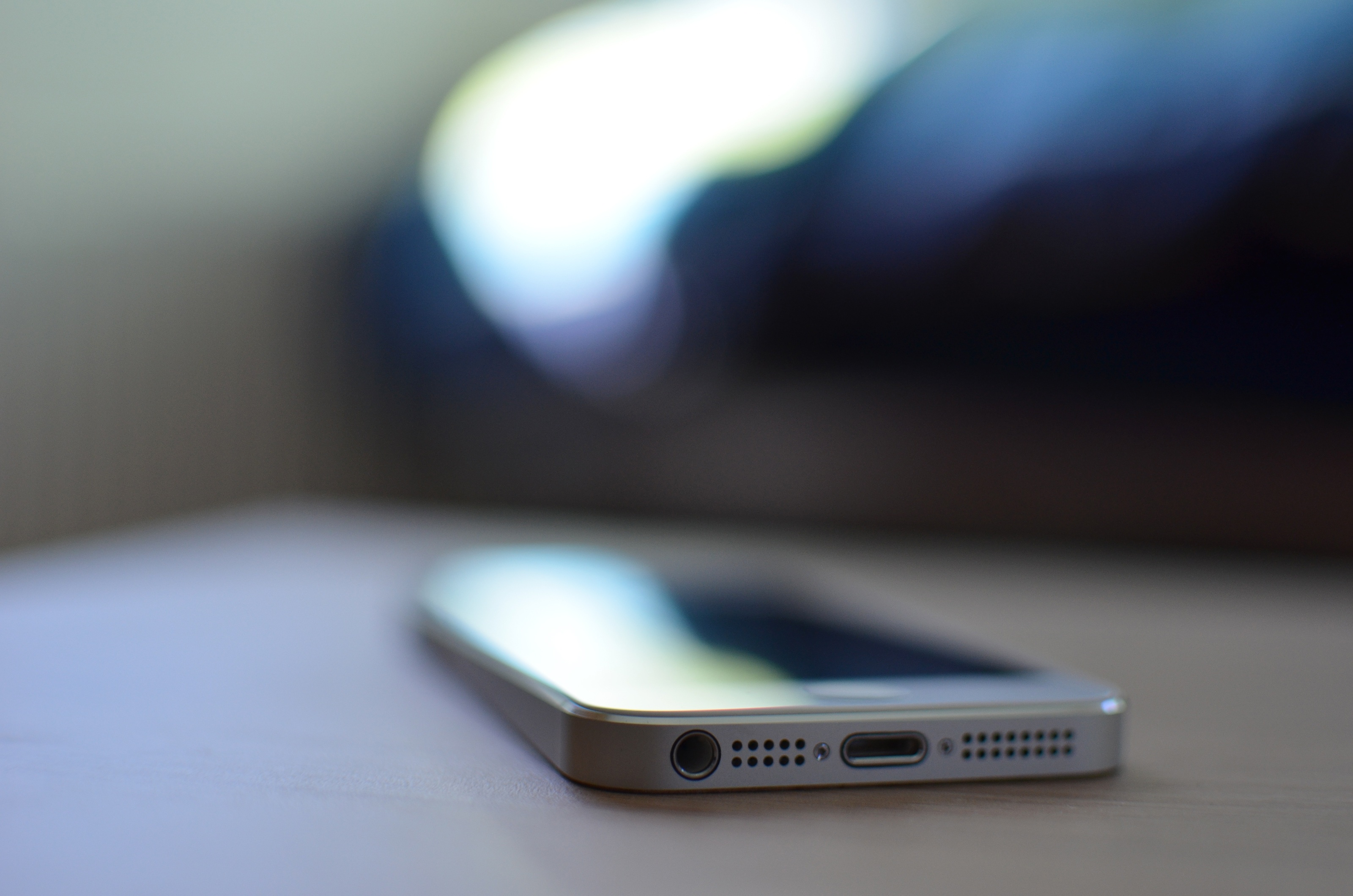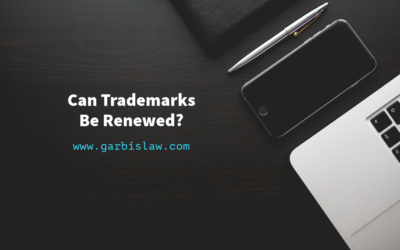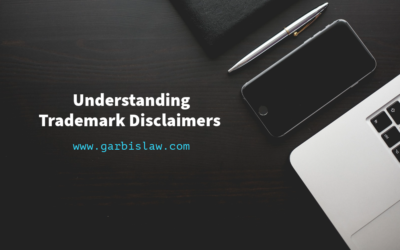Last year, the U.S. Court of Appeals ruled that Samsung infringed a number of design patents owned by Apple and awarded Apple a $399 million judgment based off of the profits made by Samsung. The battle between the smartphone giants did not end there, however.
In December, Samsung filed a writ of certiorari petitioning that the U.S. Supreme Court hear the case. This week, the Supreme Court agreed to hear it.
The reason for the petition to the Supreme Court is mainly because in the prior decision, damages were based off of the entire profit of a product. Samsung proposed two questions in its petition:
- Where a design patent includes unprotected non-ornamental features, should a district court be required to limit that patent to its protected ornamental scope?
- Where a design patent is applied to only a component of a product, should an award of infringer’s profits be limited to those profits attributable to the component?
There are three design patents at the center of this dispute. The first two both protect the face of the device, while the third one protects how the app icons are displayed on the interface. The second design patent also adds a rim surrounding the device. You can see the three designs below:
Design Patent D618,677
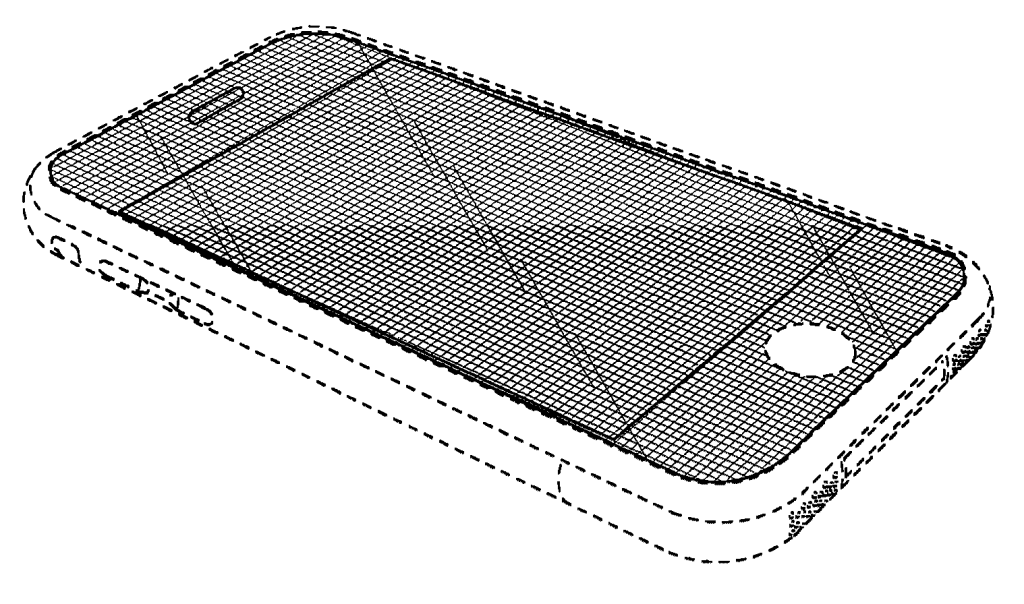
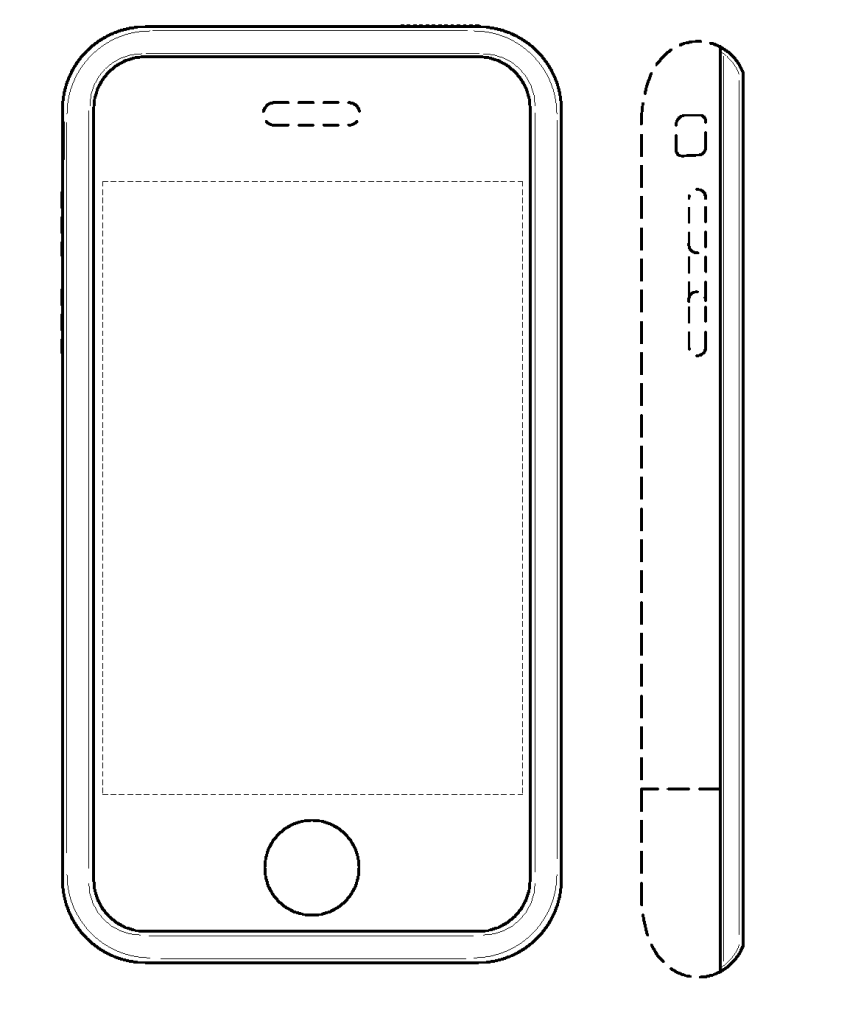
Design Patent D593,087
Design Patent D604,305
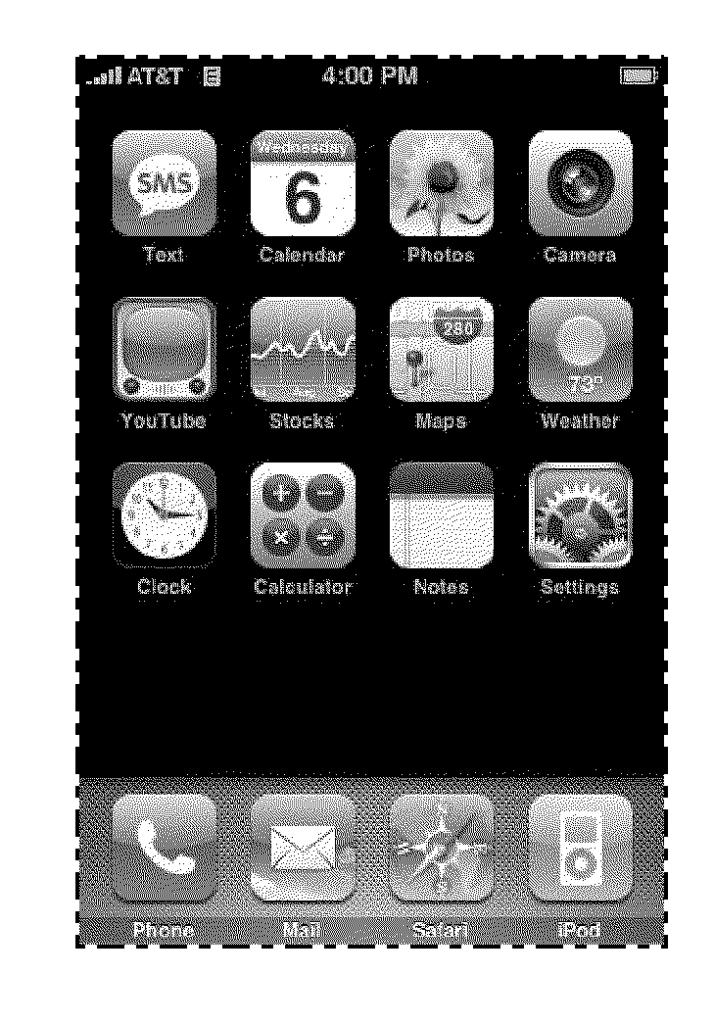
Samsung argues that some of the elements should not be protected as “ornamental” because they are conceptual, like the shape of the corners, the color black, and the concept of a grid of icons. It also argues that some of the features are “functional,” which should not be protected under design patents. Design patents only protect the ornamental features of a design and not functionality.
The Federal Circuit, however, held that a district court does not need to instruct a jury to disregard those unprotected elements when looking at the similarities between the patented design and allegedly infringing product. Instead, the jury was allowed to find infringement based merely on similarities in “overall appearance” based on “any perceived similarities or differences.”
The Federal Circuit also held that Apple was entitled to all of Samsung’s profits resulting from the sale of smartphones with the patented design, regardless of how much of the design was actually utilized in the phones. Even if the patented designs made up 1% of the Samsung design, Apple was entitled to 100% of the profits.
The Supreme Court will have to take a look at statute 35 U.S.C. §289 which makes an infringer “liable to the owner to the extent of his total profits.” Hopefully, the Supreme Court will bring some clarity to how that statute applies when the designs are a small part of the overall product.

